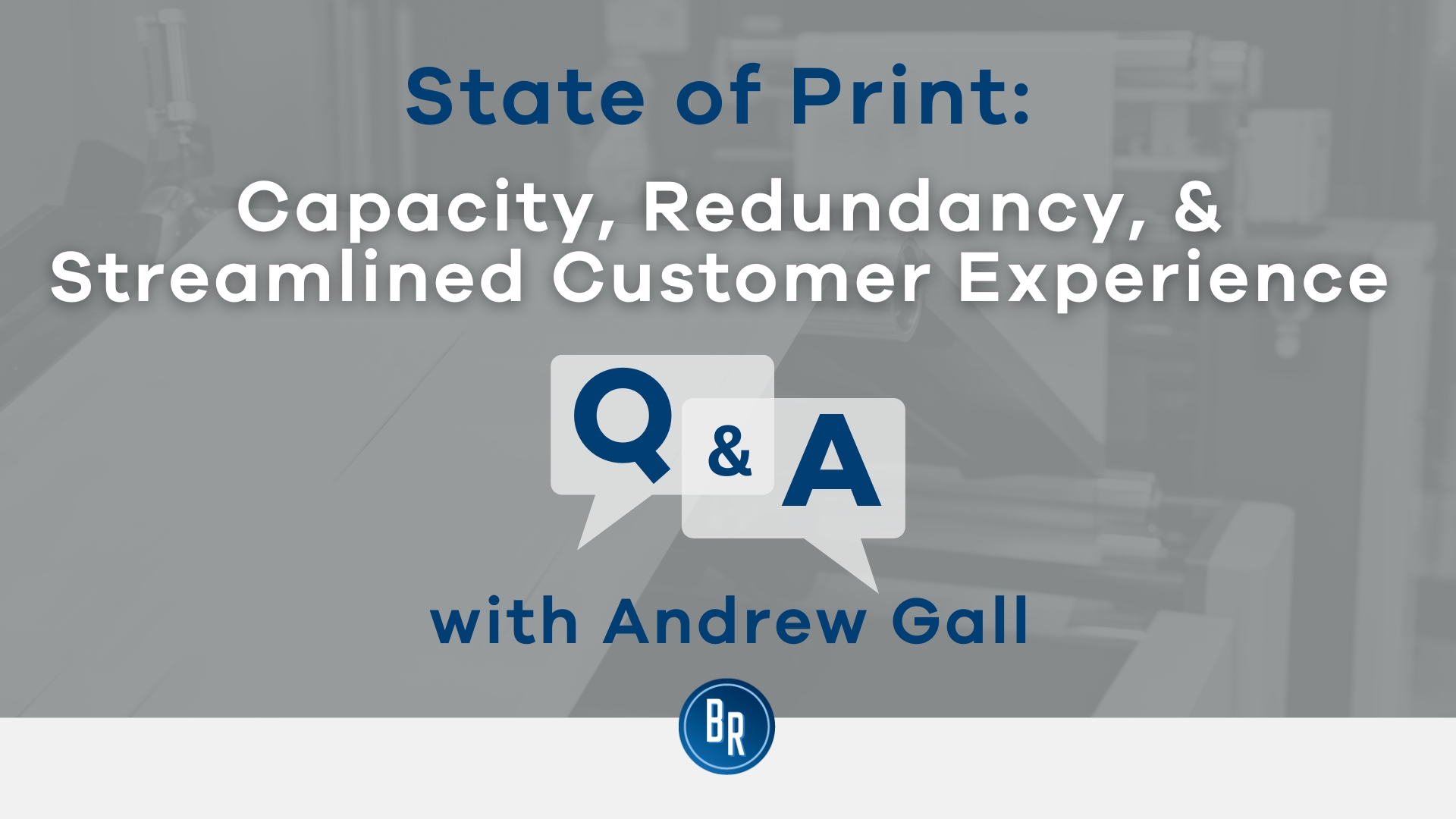Redundancy Pay If Company Goes Bust: Understanding Your Entitlements in the UK
Redundancy Pay If Company Goes Bust: Understanding Your Entitlements in the UK
Blog Article
Exploring the Operational Characteristics of Business Redundancy and Its Long-Term Sustainability

Redundancy Methods for Organization Continuity
In order to guarantee nonstop operations, services need to implement efficient redundancy strategies for company connection. Redundancy in this context describes the duplication of important parts or functions within a system to alleviate the influence of potential failures. By integrating redundancy methods, organizations can improve their strength versus disruptions triggered by different variables such as all-natural disasters, devices failures, or cyber-attacks.
One typical redundancy approach is the execution of back-up systems and information storage services. This involves producing duplicates of necessary information and systems that can be turned on in instance of a key system failing. Additionally, organizations can establish redundant interaction networks and power resources to keep connection and procedures throughout unpredicted occasions.
Moreover, cross-training employees to carry out multiple duties within the business can function as a useful redundancy method. This makes sure that crucial jobs can still be performed even if essential personnel are unavailable due to health problem or various other reasons. In general, effective redundancy approaches are crucial for services to support operational connection and lessen the impact of possible interruptions.
Impact of Redundancy on Business Durability
Given the essential function redundancy techniques play in ensuring organization continuity, exploring the impact of redundancy on business durability comes to be imperative for recognizing the holistic functional dynamics of a firm. Organizational strength refers to an entity's capability to adapt to interruptions, recover from obstacles, and transform when needed while maintaining core functions. Redundancy, when purposefully executed, can significantly add to boosting an organization's durability despite unforeseen obstacles. By having backup systems, workers, or procedures in place, firms can much better endure shocks and proceed operations with very little disturbance.
Additionally, redundancy can strengthen employee morale and confidence, knowing that there are contingency plans in position to deal with unanticipated conditions. This feeling of security can lead to increased productivity and a more positive work environment. Additionally, redundancy can foster development and imagination within an organization as employees feel encouraged to take computed threats, recognizing that there is a safeguard to support them in situation of failure. Overall, the impact of redundancy on organizational strength is extensive, forming the long-term sustainability and success of a company.
Balancing Performance and Adaptability in Redundancy
Attaining a harmonious stability between functional effectiveness and adaptive adaptability is an essential challenge in the critical implementation of redundancy within companies. Effective procedures are crucial for preserving performance and cost-effectiveness, making sure that resources are made use of optimally. Nonetheless, excessive focus on efficiency alone can cause rigidity, making it tough for organizations to adapt to unanticipated changes or difficulties. On the various other hand, versatility permits organizations to react nimbly to advancing situations, cultivating development and durability. Yet, excessive versatility without a strong operational foundation can lead to inefficiencies and disparity.
To stabilize effectiveness and flexibility in redundancy planning, companies need to very carefully examine their functional requirements, market dynamics, and critical objectives. Inevitably, discovering the best stability in between efficiency and adaptability is vital for developing a sustainable and resistant organization in the face of uncertainty.
Long-Term Sustainability With Redundancy Planning
To make certain enduring practicality and security, organizations have to tactically align their redundancy planning with long-lasting sustainability goals, therefore balancing functional efficiency with flexible flexibility. Lasting sustainability through redundancy preparation includes greater than simply temporary cost-cutting steps. It calls for a detailed strategic technique that anticipates future difficulties and possibilities. Companies must view redundancy not as a reactive remedy to immediate issues yet as a proactive strategy for long-lasting success. By incorporating redundancy planning with sustainability goals, companies can create a durable structure that can go to my blog hold up against various market changes and inner changes.

Positive Measures for Sustainable Business Procedures
How can business proactively improve their operational sustainability for lasting success? Implementing positive actions is important for business intending to make certain sustainable operations. One essential method is to spend in technology and development to enhance procedures, lower waste, and remain affordable on the market. Embracing sustainable methods such as lowering power intake, minimizing carbon footprint, and optimizing source usage can not only benefit the atmosphere however likewise cause cost savings over time.
In addition, cultivating a society of constant enhancement and knowing within the organization can enhance adaptability to changing market problems and client demands. Encouraging employee participation in decision-making procedures and read review offering opportunities for specialist advancement can increase morale, performance, and general performance. Developing clear objectives, keeping an eye on essential performance indications, and consistently reviewing development are vital parts of positive sustainability management.
Teaming up with vendors, customers, and various other stakeholders to promote lasting methods throughout the supply chain can create a surge effect of favorable impact - redundancy pay if company goes bust. By taking aggressive actions towards functional sustainability, companies can develop resilience, drive technology, and secure their lasting success in an ever-evolving company landscape
Verdict

In the world of organizational management, the critical implementation of company redundancy stands as a crucial yet elaborate practice that requires a fragile balance in between operational performance and long-lasting viability. By exploring the operational characteristics that underpin company redundancy and reviewing its wider effects for organizational strength and official statement versatility, a nuanced understanding of how redundancy methods can shape the future trajectory of a business starts to unfold.Offered the crucial duty redundancy techniques play in making certain company connection, exploring the effect of redundancy on business resilience ends up being essential for comprehending the all natural operational characteristics of a firm. In general, the effect of redundancy on business strength is profound, shaping the long-lasting sustainability and success of a firm.
In conclusion, comprehending the functional characteristics of company redundancy is important for making certain long-term sustainability.
Report this page